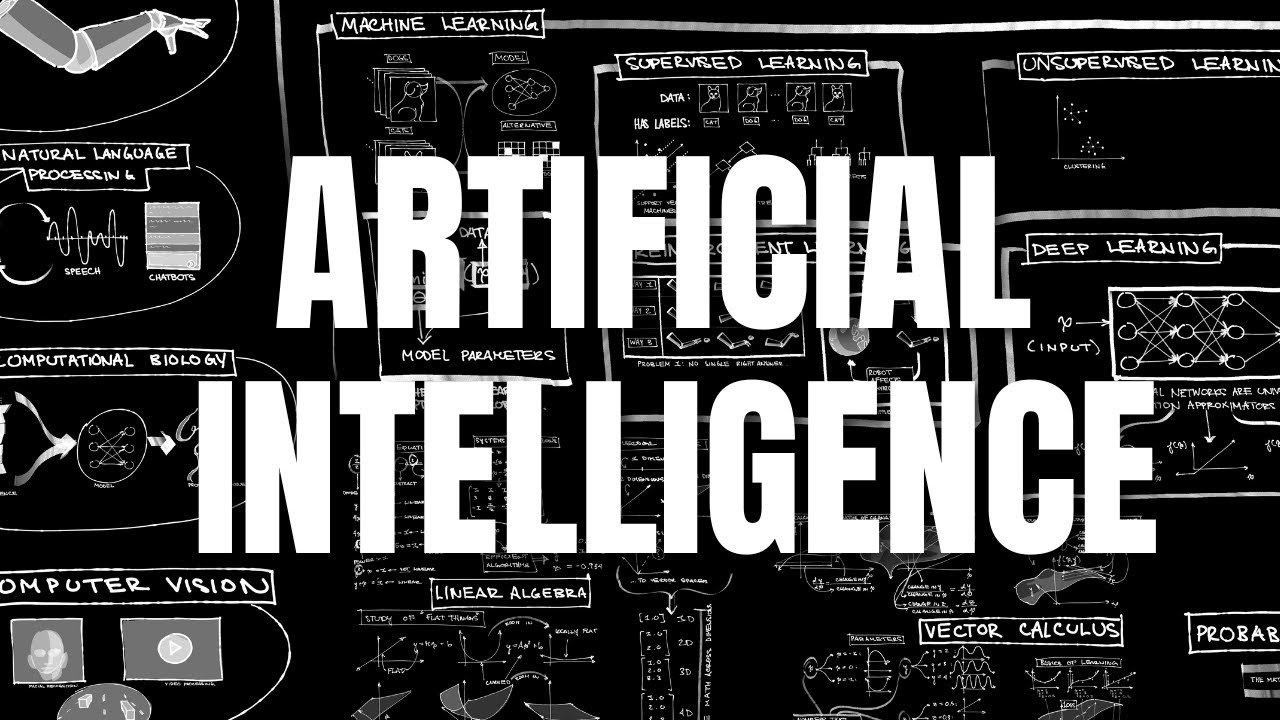L4.3 Vectors, Matrices, and Broadcasting
Summary
TLDRThis video explores the concept of broadcasting in computational linear algebra using PyTorch, highlighting its advantages over traditional methods. The speaker explains key vector and matrix operations, demonstrating how computing frameworks allow for more flexible operations, such as adding scalars directly to vectors. By showcasing the efficiency of processing multiple data points through matrix multiplications and the parallel computation capabilities, the video emphasizes the relaxed rules in deep learning compared to conventional linear algebra. Ultimately, the discussion sets the stage for upcoming topics related to neural networks and multilayer architectures.
Takeaways
- 😀 Broadcasting simplifies vector and matrix operations, making computations more efficient on computers compared to traditional methods.
- 📐 In linear algebra, basic operations include vector addition, subtraction, inner products (dot products), and scalar multiplication.
- 💻 PyTorch allows operations that traditional linear algebra doesn't support, like adding a scalar to a vector or multiplying tensors.
- 🔄 The perceptron algorithm processes data points one at a time during training but can make predictions on all test examples simultaneously.
- ⚡ Parallel processing enhances computational efficiency by allowing multiple dot products to be calculated simultaneously.
- 📏 It's important to distinguish between the number of elements in a vector and the dimensionality of an array in computing.
- 🔄 Broadcasting allows for arithmetic operations between tensors of different shapes by implicitly extending dimensions.
- 🧮 In deep learning, mathematical rules may differ from traditional linear algebra, emphasizing flexibility and convenience.
- 🚀 Efficient computations can be achieved through broadcasting, enabling operations without needing explicit data replication.
- 🤔 Understanding broadcasting is crucial for working with machine learning frameworks like PyTorch and NumPy.
Q & A
What is broadcasting in the context of vector and matrix computations?
-Broadcasting is a computational technique that allows operations to be performed on arrays of different shapes by implicitly expanding their dimensions, making it easier to perform element-wise calculations without explicitly reshaping data.
How does broadcasting simplify adding a scalar to a vector?
-Instead of creating a separate vector of ones to add to the original vector, broadcasting allows the scalar to be added directly to each element of the vector, simplifying the computation.
What operations are considered valid in traditional linear algebra for vectors?
-Traditional linear algebra supports operations such as vector addition, subtraction, inner products (dot products), and scalar multiplication.
How does working with matrices on a computer differ from traditional linear algebra?
-In computer contexts, you can perform batch operations on matrices, such as processing multiple data points simultaneously, which is not typically covered in traditional linear algebra that focuses on individual operations.
What is the benefit of processing multiple data points at once in algorithms like the perceptron?
-Processing multiple data points at once enhances efficiency, allowing for matrix multiplications to be conducted in parallel rather than sequentially, thus reducing computation time.
What two types of parallelism are mentioned in the video?
-The two types of parallelism discussed are: 1) parallelizing the multiplication of elements for dot products, and 2) parallelizing the computation of multiple dot products simultaneously across different processors.
What is the significance of matrix dimensions in programming libraries like PyTorch?
-Programming libraries like PyTorch are less strict about matrix dimensions compared to traditional linear algebra, allowing more flexibility in operations such as multiplying matrices and vectors without requiring explicit dimension conformity.
Why is adding a scalar to a vector not valid in traditional linear algebra?
-In traditional linear algebra, you cannot directly add a scalar to a vector because it requires the same dimensions for both operands. Instead, you would need to perform the operation using a vector of equal dimensions.
How does broadcasting handle the addition of a vector to a matrix?
-When adding a vector to a matrix, broadcasting automatically expands the vector across the matrix's rows, allowing for element-wise addition without manually replicating the vector.
What should one consider when using broadcasting in computations?
-One should be cautious as broadcasting can sometimes lead to unintentional computations if the shapes of the arrays do not align as expected, potentially causing logical errors in calculations.
Outlines

Dieser Bereich ist nur für Premium-Benutzer verfügbar. Bitte führen Sie ein Upgrade durch, um auf diesen Abschnitt zuzugreifen.
Upgrade durchführenMindmap

Dieser Bereich ist nur für Premium-Benutzer verfügbar. Bitte führen Sie ein Upgrade durch, um auf diesen Abschnitt zuzugreifen.
Upgrade durchführenKeywords

Dieser Bereich ist nur für Premium-Benutzer verfügbar. Bitte führen Sie ein Upgrade durch, um auf diesen Abschnitt zuzugreifen.
Upgrade durchführenHighlights

Dieser Bereich ist nur für Premium-Benutzer verfügbar. Bitte führen Sie ein Upgrade durch, um auf diesen Abschnitt zuzugreifen.
Upgrade durchführenTranscripts

Dieser Bereich ist nur für Premium-Benutzer verfügbar. Bitte führen Sie ein Upgrade durch, um auf diesen Abschnitt zuzugreifen.
Upgrade durchführen5.0 / 5 (0 votes)






